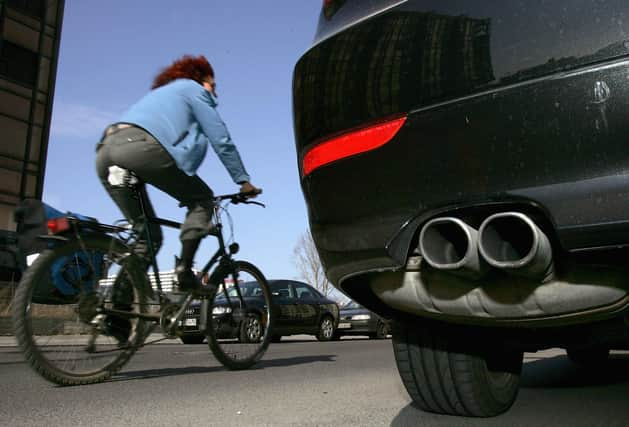Safety proving to be a barrier to cycling - Roz Boynton


Whilst each of the collisions is unique in itself, unfortunately we often see a repeat set of circumstances: a car travelling in the opposite direction, turning right across a cyclist’s path; a car pulling out from a junction to a cyclist’s left; or a car turning left across a cycle lane. These are all common causes of collisions which have caused death and injury to cyclists that we see again and again.
However, what is more frustrating is when we see repeat incidents of the same circumstances at the exact same location. We are a niche law firm, and whilst we have increasing numbers of injured cyclists approach us for representation, we cannot say we represent all of Scotland’s injured cyclists. So, if our anecdotal experience allows us to recognise that there are accident blackspots on Scotland’s roads, why aren’t our public authorities also joining up the dots and taking action?
Advertisement
Hide AdAdvertisement
Hide AdCycle Law Scotland has represented three clients involved in collisions on Easter Road, Edinburgh, at the junction between St Clair Street and Dalmeny Street. Proper assessment of the junction might reveal that there is work to be done to make it safer. Perhaps changing the ‘give way’ sign to a ‘stop’ sign might prevent future collisions and subsequent injuries.
At Mounthooly roundabout in Aberdeen, four clients have been injured when cars entered the roundabout from Causewayend without giving way to those already established on the roundabout. The wide entrance often means that motorised traffic enters the roundabout at speed. Some foliage prior to entrance would perhaps slow traffic on approach and potentially save another cyclist being injured at this location.
At Portobello Junction, Edinburgh, two cyclists were killed on separate occasions when lorry drivers failed to notice them cycling on their nearside and turned left into a slip road. The deaths of Stuart Elliott in March 2019 and Heather Stronach in November 2020 have only recently sparked action from City of Edinburgh Council, implementing a closure of the slip lane in October 2021. This temporary measure should have been implemented far sooner.
There appears to be a degree of shoulder shrugging and acceptance of collisions involving cyclists. A failure to take any action to improve, or consider the causes of collisions, reinforces the belief that cycling is a dangerous activity. Indeed, as a keen cyclist, I often feel I am waiting for it to happen to me.
Whilst on an individual basis, collisions can be a result of momentary inadvertence by a road user, on a wider view, we need to challenge our attitudes to responding to collisions involving cyclists.
Our local authorities and Police Scotland, in conjunction with the Procurator Fiscal, are best placed to spot the patterns and take action. Most cycling incidents are reported to Police Scotland with details of the location noted. Even if detailed investigations aren’t undertaken at the time and no prosecution brought, surely it would be easy for Police Scotland to spot multiple incidents at the same location and report this to the local authority responsible for further consideration as to whether improvements could be made.
This type of analysis is highlighted in a module in the recent Scotland’s Road Safety Framework document. It is mentioned in the ‘post-crash response’ section, but the detail at present seems to be focusing mostly on how to attend to individual incidents more quickly, rather than the wider learning.
Whilst we seek on the one hand to reduce CO2 emissions and encourage active travel, as a nation we don’t yet address one of the main barriers for many to cycling – safety concerns.
Advertisement
Hide AdAdvertisement
Hide AdIf we don’t learn from the past – how can we expect to improve the future? A failure to act now not only means we are likely to see further needless injuries and deaths, but we’ll also see more headlines highlighting the dangers of cycling. This, in turn, will negate any efforts to encourage more people to take up cycling and experience the many benefits that come along with it.
Roz Boynton is an Associate Solicitor with Cycle Law Scotland.